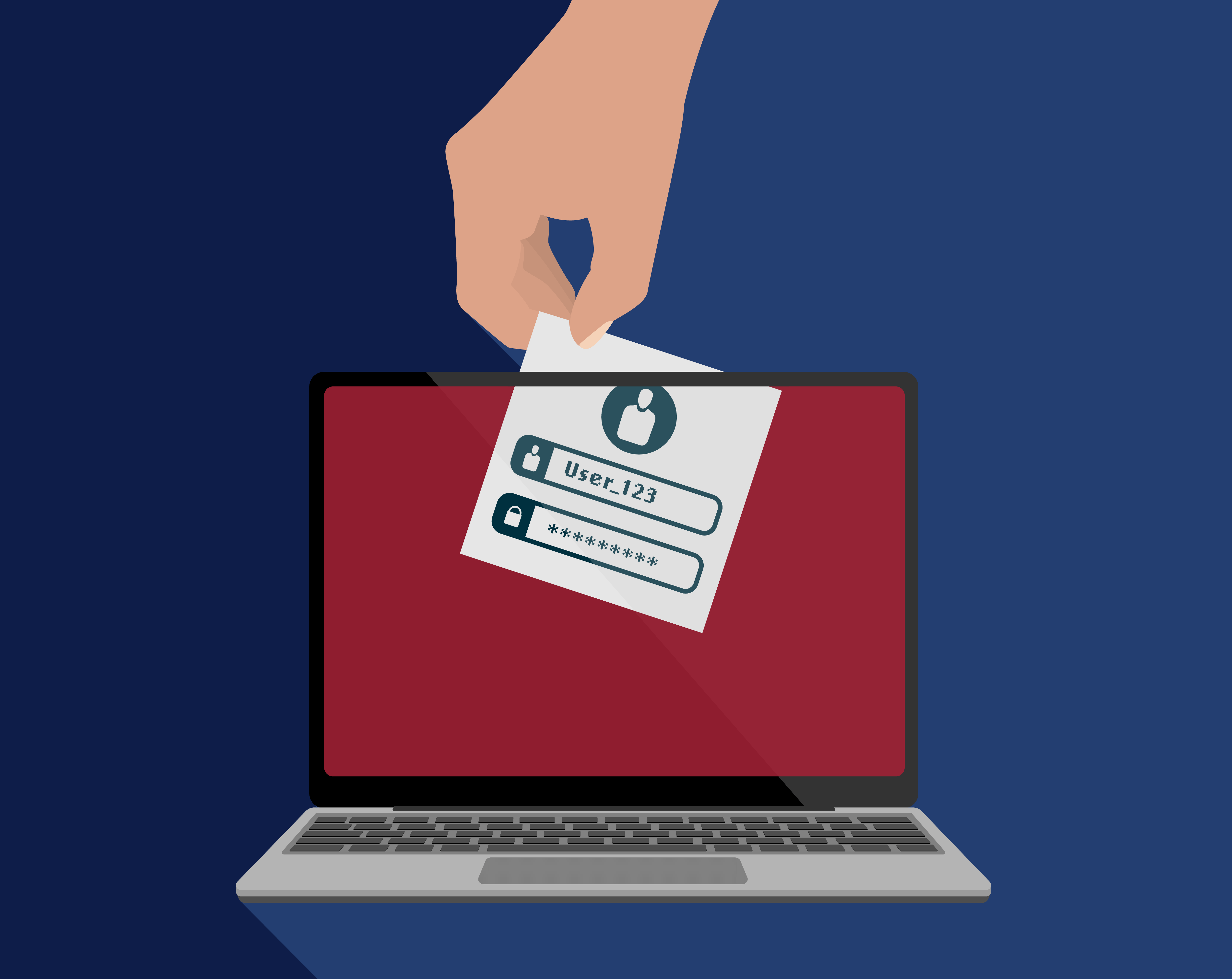 In the world of cybersecurity, every breach serves as a poignant reminder of the ever-present threat lurking in the digital shadows. Stanford University's recent encounter with a data breach, infiltrating its Department of Public Safety (SUDPS) network, paints a vivid picture of the challenges organizations face in safeguarding sensitive information against relentless cybercriminals.
In the world of cybersecurity, every breach serves as a poignant reminder of the ever-present threat lurking in the digital shadows. Stanford University's recent encounter with a data breach, infiltrating its Department of Public Safety (SUDPS) network, paints a vivid picture of the challenges organizations face in safeguarding sensitive information against relentless cybercriminals.
The story began on a seemingly ordinary day in September 2023, when Stanford University stumbled upon a disconcerting discovery: the personal details of 27,000 individuals had fallen victim to a ransomware attack targeting the SUDPS network. Despite swift action in launching an investigation, the incident remained under wraps for a month, raising questions about transparency and communication in the face of such cyber adversities.
Delving deeper into the breach revealed a troubling timeline: unauthorized access to the SUDPS network had persisted between May and September of the same year. While containment efforts limited the breach to the Department of Public Safety's realm, the stolen documents contained a treasure trove of personally identifiable information (PII), ranging from mundane details like dates of birth to more sensitive data like biometric information and credit card details.
Compromised Information:
- Date of birth
- Social Security number
- Government ID
- Passport number
- Driver's license number
- Biometric data (for a small number of individuals)
- Health/medical information (for a small number of individuals)
- Email address with password
- Username with password
- Security questions and answers
- Digital signature
- Credit card information with security codes
But what sets this breach apart is the chilling embrace of ransomware tactics. While Stanford University refrained from pointing fingers at specific culprits, the Akira ransomware gang proudly waved their digital flag, claiming responsibility and even flaunting their exploits by publishing the stolen data on the dark web.
The Akira ransomware operation, born in the digital cauldrons of March 2023, quickly garnered infamy for its audacious attacks on organizations across industries. Armed with sophisticated encryption tools, these cyber brigands hold crucial data hostage, demanding hefty sums in ransom payments to relinquish their grasp.
Yet, amidst the chaos, a glimpse into the murky world of ransom negotiations reveals a disturbing trend: ransom demands ranging from mere thousands to staggering millions, highlighting the stark reality of cyber extortion.
But Stanford University's journey through the tangle of cyber threats doesn't begin nor end with this breach. A similar incident in February 2023 saw sensitive information related to the Department of Economics Ph.D. program admission process laid bare, while an earlier breach in April 2021 exposed documents from the Stanford School of Medicine's Accellion File Transfer Appliance (FTA) platform.
Staying Secure:
- Regularly update and patch software and systems to mitigate vulnerabilities.
- Implement multi-factor authentication (MFA) for all accounts to add an extra layer of security.
- Educate employees about phishing attacks and other social engineering tactics to prevent unauthorized access.
- Encrypt sensitive data both in transit and at rest to protect it from unauthorized access.
- Conduct regular security audits and assessments to identify and address potential weaknesses.
- Back up data regularly and store backups in secure, off-site locations to ensure data can be restored in case of a breach.
- Monitor network traffic for suspicious activity and implement intrusion detection systems to detect and respond to threats promptly.
- Develop and enforce strong password policies, including regular password changes and the use of complex, unique passwords for each account.
- Stay informed about the latest cybersecurity threats and trends to adapt security measures accordingly.
So, what lessons can we glean from Stanford University's tumultuous cyber odyssey? Firstly, proactive cybersecurity measures are paramount. Organizations must invest in robust security protocols, regular audits, and comprehensive employee training to fortify their defenses against looming threats.
Secondly, transparency reigns supreme. Timely disclosure of cybersecurity incidents not only fosters trust but also empowers affected individuals to take proactive steps to mitigate risks.
Lastly, collaboration is key. In an era of escalating cyber warfare, forging alliances between academia, industry, and government is imperative in combating cyber threats and sharing vital threat intelligence.
As we traverse the digital frontier, let's remain vigilant, resilient, and united in our quest to safeguard our digital sanctity. For in the digital age, the stakes have never been higher, and the battle for cybersecurity has never been more critical.
Stay vigilant, stay secure.
For more information, please visit: https://www.bleepingcomputer.com/news/security/stanford-data-of-27-000-people-stolen-in-september-ransomware-attack/




